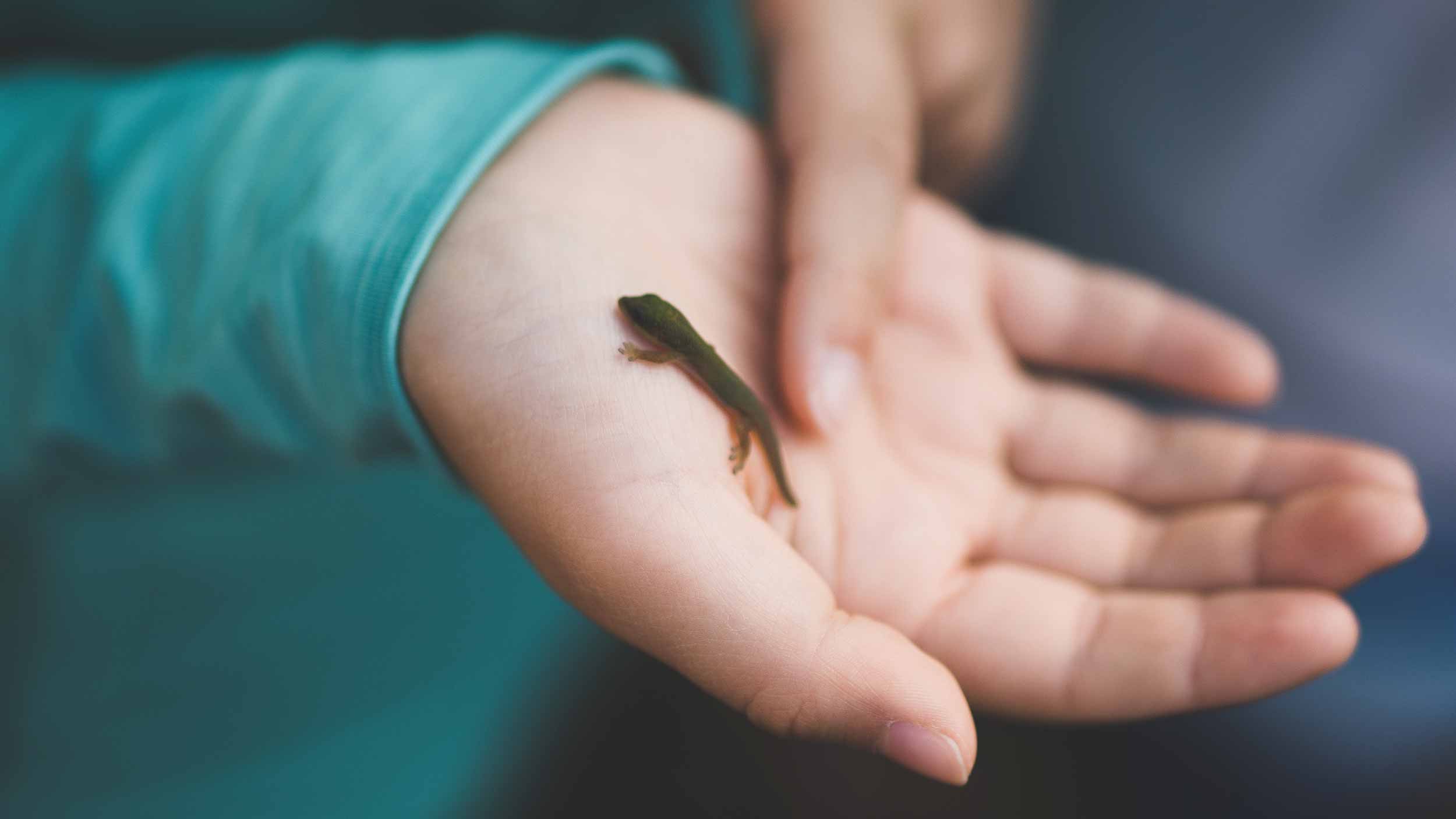
Kent’s newest country park
Milton Creek is a former landfill site occupying about 26 hectares on the northern edge of Sittingbourne. It is an innovative restoration project soon to be Kent’s newest country park. Following use as a brick and gravel pit the area became a landfill site, closing in 1973. At that time the regulations regarding the restoration of landfill sites were not as stringent as today.
In common with many former landfills dating from the 1970s, the site received little or no engineering protection resulting in contaminants from both municipal and commercial wastes being close to the surface. This presents significant health and safety risks to humans and animals. The 1990 Environmental Protection Act requires that remedial action is taken. Consequently, the site required restoration to mitigate the residual environmental risks due to the lack of cover, landfill gas generation and potential leachate.
Rural Arisings worked with Swale Borough Council, the current landowner, and Groundwork Kent and Medway to resolve the contamination issue and convert the site into a Country Park for the community. Rural Arisings identified an innovative and highly sustainable method of reusing suitable locally sourced soils and arisings to create a barrier separating humans and animals from the contaminants. Selected materials such as clay and other sub-soils have been placed to create “new nature”, with a sophisticated landscaping programme which has taken full account of the visions of the stakeholders and the local community for the project. At the height of the programme, lorries delivered selected materials to the site with minimal negative impacts on the local community and approach roads.
This was combined with the collection and translocation of the protected herpetofauna on the site, the installation of gas vents, cover soils, habitat creation and path construction. This privately funded scheme delivers a country park to the local community at no cost to the council or the local tax payer. In addition to the provision of recreational and amenity improvements including picnic areas, a children’s play area and community amphitheatre, the site also has a strong ecological benefit by providing enhanced habitat for a wide range of species. Notable examples include the Common Lizard, Slow Worm and the Shrill Carder Bee. In order to protect and preserve, the site also contains newly created areas of wetland designed as optimum habitat for the Great-Crested Newt, a UK protected species abundant on the site.
The project is a flagship example of recycling and environmentally responsible landscaping with recycled materials being used to restore and transform the site. The template of this site is used for similar problem sites and diversification schemes throughout the UK providing sustainable and cost effective solutions. Throughout the project Rural Arisings offered on-site training for graduates interested in a career in ecological conservation. Work on site included supporting the translocation of protected reptile species and carrying out a variety of practical habitat creation tasks. Students have also gained experience in ecological monitoring in addition to learning about the restoration of old landfill sites.
We have also been involved in a cross-partnership agreement with Groundwork Kent and Medway and Sittingbourne Community College to provide training and education to a group of 15-16 year olds.
If you are interested in becoming involved in the park please contact the Friends of Church Marshes
Keep up-to-date with the progress of the park through Groundwork Kent and Medway.
Completed Autumn 2009
Website:
